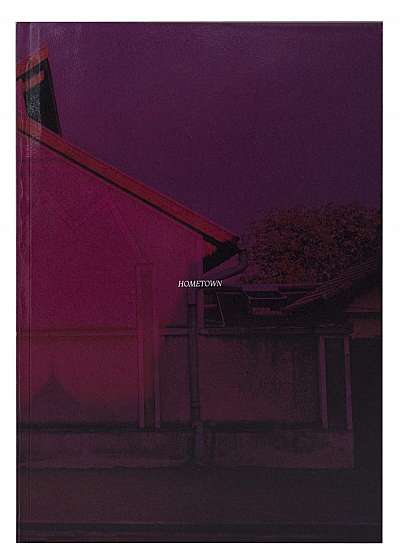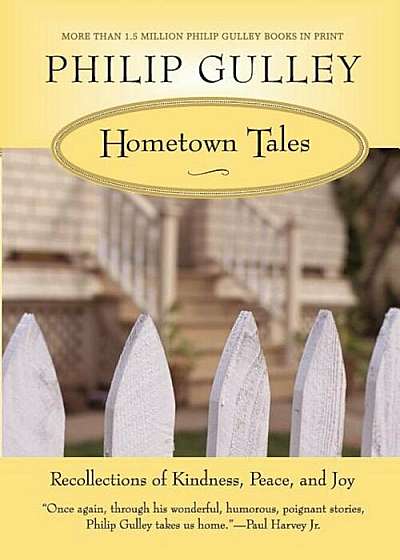
Hometown
Descriere
Ediție bilingvă: română-engleză.Hometown este un studiu vizual despre migrație, identitate, dor de casă și despre ce se întâmplă cu locurile în care ai crescut în timp ce îți trăiești viața în altă parte. Cartea în sine conține cicatrici lăsate de distanță, ea fiind gandită pe Skype, între patru capitale Europene. Hometown-uri mici și depopulate. <Există un strat fin de praf, ca o patină a timpului, pe care nu poți să-l ștergi de pe imaginile astea. Un câine, o femeie bătrână, una tânără, un gard, un prieten bun, lumina de la capătul unei străzi - toate îți bucură dialectic privirea. Aici ai crescut și tu?> (Extrase din post-fața scrisă de Jasmina Al-Qaisi)
Over borders, home is Eastern Europe. Waves of red-yellow-blue, the country of whose nostalgia is layered, of whose millennials have hyper-fast internet, plenty of acquaintances over borders and firm plans to go abroad as well. Home is one of those places where migration is a choice, but not a privilege. And Hometowns, the tiny cities, once diamonds of a peculiar Socialism, suffer now from depopulation or are falling apart sooner than authorities come to their rescue. In Hometowns, sooner or later as passengers, people return. Hometown is a visual research about migration, identity, homesickness, and about what happens to the places where we grew up while we make a life someplace else. The book itself beholds scars of distance being assembled mostly on Skype, between 4 European capitals. This is the visual story of the Romanian photographer Dragoș Hanciu and other tens of thousands of people who annually migrate from their homelands with no prospects to go back. Dragoș, now a pass-byer, has been silently wandering around his hometown for the last 6 years; he observes from distance and takes photos of places that hold something from the past & serve as postcards in the future. The atmosphere from the photographs gives us the impression of a silent sleepwalk in a surreal, contradictory post-industrial landscape mixed with the architecture of a 7th-century-old city. The images are embedded with the lo-fi kind of texture which gives memories an oxymoronic sense of materiality. The photographs are inhabited by an ineradicable feeling of familiarity, because they represent other small, depopulated Hometowns. There is a soft layer of dust, like a filter of time that you can’t wipe off these images. A dog, an old woman, a young one, a fence, a good friend, a light at the end of a street are leaving your eyes at a dialectal ease. Is that where you grew up? Extracts of the afterword by Jasmina Al-Qaisi





